
CONTENTS
At the Azumino Tensan Center you can learn about the finest wild silk in Japan, see it being made, and even take home a piece as an elegant souvenir.
Tensan Silk in Azumino ・ What Is Tensan?
Tensan is a kind of Japanese wild silk, known for its luster, its flexibility, and its natural green tint. The Japanese name (天蚕) is literally written "heaven silkworm," so it's no surprise that the gleaming fabric is made from silkworms raised along the Japanese alps, nicknamed "the ceiling of Japan." The history of tensan culture goes back to the 1780s, when Nagano locals began raising them in a part of what is now the city of Azumino. While common silkworms feed on mulberry plants, the endemic tensan silkworms grow big on oak leaves instead, and they flourished in the Azumino area. By the 1850s, locals had started to produce tensan thread, and despite some roadblocks along the way, there are now about 100 farms around Nagano raising these rare silkworms. If you're looking for unique Japanese souvenirs made locally from the ground up, you won't find anything nicer than tensan silk.
By far the best place to learn about this lustrious, uniquely Japanese material is the Azumino Tensan Center (sometimes called the Tensan Silk Museum), a cozy facility tucked away in the woods of Nagano.
The Azumino Tensan Center is many things in one: a museum where you can learn about how tensan silkworms are raised and how the thread is reeled out, a weaving school where students practice using a loom to create delicate tensan fabric (plus visitors can try weaving themselves!), and an exhibit of the most elegant products being made out of tensan silk―both products you can buy, and also items too precious to sell. If you're interested in Japanese traditions, old-fashioned culture, artisan techniques, weaving, textiles, insects, or just beautiful things, see why you should add the Tensan Center to your itinerary next time you're in Nagano.
Visiting the Azumino Tensan Center
Visiting the Tensan Center, there are a few things you'll quickly learn about tensan silk, especially if you run into Tensan Promotional Committee President Tadashi Taguchi. The most important facts are of course the fabric's best qualities. Just by looking at the fibers, you can see that the silk threads carefully pulled from boiled tensan cocoons have a unique gleam to them, which translates to an almost shining luster when woven into a fabric. Normal silk might have a nice sheen, but tensan silk is called "the diamond of textiles," thanks to the way it reflects light. In addition, the hollow construction of tensan thread gives it great heat retention, but if that makes you think it must be fragile, it's quite the opposite! The fibers are especially strong and uniquely flexible, in a way that standard silk just isn't, giving the threads and fabric a distinctive stretch. All these factors add up to one valuable textile: tensan silk sells for about 700,000 ~ 1,000,000 yen per kilogram (about 6,000 ~ 10,000 USD/kg), while normal silk is more like 20,000 yen per kilogram (about 200 USD/kg).
If you're ready to learn more about tensan, one half of the Tensan Center is dedicated to a variety of displays, some educational and some showing off beautiful tensan items. A whole wall tells the story of the tensan silkworm, which also called goes by the name yamamayu (ヤママユ) in Japanese, or the scientific name Antheraea yamamai. These silkmoths are related to other silkmoths that produce wild silk in places like China and Southeast Asia, but the tensan moth is only native to Japan!
At the tensan center, the tensan silkmoths are bred in baskets, and the shy little silkworms are raised on a steady diet of oak leaves not far down the road. During the right season, you can even go out and see them, although they like to hide among the leaves! Finally, the cocoons are boiled and reeled into thread, the base for all tensan silk. Unblemished cocoons are turned into the most sought-after threads, but cocoons with imperfections certainly don't go to waste. Some of the fibers are fluffed up into a kind of silk wool, and spun into a thicker thread, and some of the cocoons are sent to brands like Shiseido to use as extracts in beauty products.
With such high shine (and also high value), tensan thread is traditionally used most often for decoration, and might be found in the embroidery gracing extremely high-end silk kimono. The Tensan Center has some rarer treasures on display, though, in glass cases dedicated to tensan silk items. This majestic kimono is made out of 100% tensan silk, and the photo doesn't do the fabric justice―you'll have to see it in person to appreciate the glow of the patterned wild silk.
Tensan Looms at Work
The other half of the Tensan Center is dedicated to a workshop with a handful of looms used for weaving the tensan threads into sheets of fabric, where visitors can also see how it's all made. One of the positive qualities of tensan fibers is that they're flexible and elastic, but that stretchiness makes it almost impossible to weave with tensan fibers on an electric loom, the way almost all fabric is produced these days. Instead, talented artisan weavers sit at large wooden looms and deftly shuttle tensan threads across, over and over, a slow and meticulous process.
Weaving with tensan takes a special set of skills and plenty of practice, and weavers with that kind of skill level are in short supply, so one mission of the Tensan Center is to support the growth of tensan artisans with their very own educational programs! Students from around Japan come to the center to learn how to weave on the huge looms with dozens of threadsーthe student above came to Azumino from Okinawa a year ago, to learn at the Tensan Center!
It takes almost two months, an average of about 50 days, for a practiced weaver to finish making a full "tanmono," which is the amount of fabric used to make a kimono.
During your visit, you might notice that the artisans at the center are sometimes busy dyeing silk threads, but those fibers actually aren't tensan wild silk at all, but standard silk! It turns out that tensan doesn't take very well to dye, so it always maintains its naturally elegant pale green color.
Of course, you can try weaving on a loom at the Tensan Center without dedicating years of your life to the art! They start you off with a simpler project, though. Instead of weaving fine threads into kimono fabric, they provide strips of fabric that can be woven into a cute little coaster! It's easy to see how the students studying at the center could fall in love with weaving on the loomsーall of us on the Japankuru team were addicted after just a couple minutes making a coaster! And they made for fun souvenirs to bring home.
Then again, after a day spent appreciating the many unique qualities of tensan silk, you might just want to bring some souvenirs made of the beautiful material! The Tensan Center shop has all kinds of tensan products for sale, from cute keychains and accessories made of unprocessed cocoons, to finely woven items like wild silk ties and scarves, which are more of a splurge.
If you're visiting with any kids, don't be surprised if they fall in love with the surprisingly adorable Tensan Center mascot! The silkworm character was designed and illustrated by a member of the center's staff, and you can take home folders and t-shirts emblazoned with its funny little face.
The Azumino Tensan Center is a surprisingly interesting and entertaining visit, just a bit off the beaten path. Next time you're in the area, don't miss a chance to drop by, see the little silkworms gorging themselves on oak leaves, try some loom weaving, and admire the gorgeous wild silk made with rare materials and a lot of artisan talent!
Azumino Tensan Center
3618-24 Hotakaariake, Azumino, Nagano
Hours:
April to October: 9:00 – 17:00
November to March: 9:00 – 15:00
Free admission!
Official Website (en)
【動画】
Make a Trip Out of Azumino!
Matsumoto Castle
Ready to visit the Tensan Center, but looking to fill out your itinerary while traveling in Nagano? Well, chances are you're getting to Azumino via the city of Matsumoto, so there's no better place to start than Matsumoto Castle! This castle is one of the few remaining in Japan that hasn't been destroyed and rebuilt many times over in the past few centuries, and the current structure (including wooden interiors and external stonework) dates back to the year 1594! In those days, the castle hosted famous samurai and feudal lords like Tokugawa Ieyasu, one of the three "Great Unifiers" of Japan.
Now, you can climb up the unusually tall stairs and feel the history through the soles of your feet (and in the burning of your thighs). From the top of the tallest tower, you get a great view of the surrounding area, especially the mountains in the distance. And that's no coincidence! As a flatland castle, it was once a matter of safety for lookouts to be able to see any incoming enemies from afar, and so Matsumoto has a history of laws forbidding tall buildings in the vicinity.
Matsumoto Castle (松本城)
4-1 Marunouchi, Matsumoto, Nagano
Official Website (en)
EH Sake Brewery
The name EH Sake Brewery might not sound particularly traditional, but it turns out that this brewery has been making sake since the end of the Edo period (1603-1868), mostly under the name "Suien" (酔園). Suien was purchased by a larger company in 2002, which is where the EH name comes from, but they still carry on the old-fashioned traditions of brewing Japanese sake, making use of the fresh, clear water that makes Azumino such a green city.
If you're a fan of sake and you'd like to see how its made, visitors can go behind the scenes at the brewery and take a look at the brewing process. You might even get to look into the enormous tanks, and see the bubbling of the fermenting sake. Afterwards, EH Sake Brewery offers tastings in a classy room off the lobby, complete with stained glass windows and a selection of their different bottles. One of their most popular varieties is called Otoko no Namida (男の涙), literally "Men's Tears"!
EH Sake Brewery (EH酒造)
1090-1 Toyoshinatakibe, Azumino, Nagano
Official Website (jp)
Daio Wasabi Farm ・ Wasabi in Azumino
Tensan silk is green, highly sought after, and hard to produce―quite a lot like this other local product of Azumino, wasabi! Azumino is home to a number of wasabi farms, including the largest wasabi farm in the world, Daio Wasabi, and the city is famous for high-quality wasabi production. If you're a true wasabi fanatic, you could spend days in Azumino paying each of the farms a visit. Most travelers, however, keep it to an afternoon or so at Daio Wasabi Farm. Daio Wasabi is something of a sightseeing destination, and you can take a walk along the rows of growing wasabi before tasting unusual treats like wasabi curry, wasabi-potato croquettes, and even wasabi ice cream!
For a much better look at the wasabi being grown in Azumino, check out the video above.
Daio Wasabi Farm (大王わさび農場)
3640 Hotaka, Azumino, Nagano
Official Website (jp)
See the Beauty of Azumino for Yourself
From the high snowy peaks of the Japanese alps to the oak-filled woods down below, you'll hear the people of Azumino extoling the virtues of the city's natural features again and again, and its that same natural abundance that makes it an ideal place for the tensan silkworm to flourish. Next time you're in the region, blue skies and pale green wild silk are waiting!
For more info and updates from Japan, check Japankuru for new articles, and don't forget to follow us on twitter, instagram, and facebook!
Details
NAME:Azumino Tensan Center (安曇野天蚕センター)
COMMENT
FEATURED MEDIA
VIEW MORE 
A New Tokyo Animal Destination: Relax & Learn About the World’s Animals in Japan
#pr #japankuru #anitouch #anitouchtokyodome #capybara #capybaracafe #animalcafe #tokyotrip #japantrip #카피바라 #애니터치 #아이와가볼만한곳 #도쿄여행 #가족여행 #東京旅遊 #東京親子景點 #日本動物互動體驗 #水豚泡澡 #東京巨蛋城 #เที่ยวญี่ปุ่น2025 #ที่เที่ยวครอบครัว #สวนสัตว์ในร่ม #TokyoDomeCity #anitouchtokyodome

Shohei Ohtani Collab Developed Products & Other Japanese Drugstore Recommendations From Kowa
#pr #japankuru
#kowa #syncronkowa #japanshopping #preworkout #postworkout #tokyoshopping #japantrip #일본쇼핑 #일본이온음료 #오타니 #오타니쇼헤이 #코와 #興和 #日本必買 #日本旅遊 #運動補充能量 #運動飲品 #ช้อปปิ้งญี่ปุ่น #เครื่องดื่มออกกำลังกาย #นักกีฬา #ผลิตภัณฑ์ญี่ปุ่น #อาหารเสริมญี่ปุ่น

도쿄 근교 당일치기 여행 추천! 작은 에도라 불리는 ‘가와고에’
세이부 ‘가와고에 패스(디지털)’ 하나면 편리하게 이동 + 가성비까지 완벽하게! 필름카메라 감성 가득한 레트로 거리 길거리 먹방부터 귀여움 끝판왕 핫플&포토 스폿까지 총집합!
Looking for day trips from Tokyo? Try Kawagoe, AKA Little Edo!
Use the SEIBU KAWAGOE PASS (Digital) for easy, affordable transportation!
Check out the historic streets of Kawagoe for some great street food and plenty of picturesque retro photo ops.
#pr #japankuru #도쿄근교여행 #가와고에 #가와고에패스 #세이부패스 #기모노체험 #가와고에여행 #도쿄여행코스 #도쿄근교당일치기 #세이부가와고에패스
#tokyotrip #kawagoe #tokyodaytrip #seibukawagoepass #kimono #japantrip

Hirakata Park, Osaka: Enjoy the Classic Japanese Theme Park Experience!
#pr #japankuru #hirakatapark #amusementpark #japantrip #osakatrip #familytrip #rollercoaster #retrôvibes #枚方公園 #大阪旅遊 #關西私房景點 #日本親子旅行 #日本遊樂園 #木造雲霄飛車 #히라카타파크 #สวนสนุกฮิราคาตะพาร์ค

🍵Love Matcha? Upgrade Your Matcha Experience With Tsujiri!
・160년 전통 일본 말차 브랜드 츠지리에서 말차 덕후들이 픽한 인기템만 골라봤어요
・抹茶控的天堂!甜點、餅乾、飲品一次滿足,連伴手禮都幫你列好清單了
・ส่องมัทฉะสุดฮิต พร้อมพาเที่ยวร้านดังในอุจิ เกียวโต
#pr #japankuru #matcha #matchalover #uji #kyoto #japantrip #ujimatcha #matchalatte #matchasweets #tsujiri #말차 #말차덕후 #츠지리 #교토여행 #말차라떼 #辻利抹茶 #抹茶控 #日本抹茶 #宇治 #宇治抹茶 #日本伴手禮 #抹茶拿鐵 #抹茶甜點 #มัทฉะ #ของฝากญี่ปุ่น #ชาเขียวญี่ปุ่น #ซึจิริ #เกียวโต

・What Is Nenaito? And How Does This Sleep Care Supplement Work?
・你的睡眠保健品——認識「睡眠茶氨酸錠」
・수면 케어 서플리먼트 ‘네나이토’란?
・ผลิตภัณฑ์เสริมอาหารดูแลการนอน “Nenaito(ネナイト)” คืออะไร?
#pr #japankuru #sleepcare #japanshopping #nenaito #sleepsupplement #asahi #睡眠茶氨酸錠 #睡眠保健 #朝日 #l茶胺酸 #日本藥妝 #日本必買 #일본쇼핑 #수면 #건강하자 #네나이토 #일본영양제 #อาหารเสริมญี่ปุ่น #ช้อปปิ้งญี่ปุ่น #ร้านขายยาญี่ปุ่น #ดูแลตัวเองก่อนนอน #อาซาฮิ

Japanese Drugstore Must-Buys! Essential Items from Hisamitsu® Pharmaceutical
#PR #japankuru #hisamitsu #salonpas #feitas #hisamitsupharmaceutical #japanshopping #tokyoshopping #traveltips #japanhaul #japantrip #japantravel

Whether you grew up with Dragon Ball or you just fell in love with Dragon Ball DAIMA, you'll like the newest JINS collab. Shop this limited-edition Dragon Ball accessory collection to find some of the best Dragon Ball merchandise in Japan!
>> Find out more at Japankuru.com! (link in bio)
#japankuru #dragonball #dragonballdaima #animecollab #japanshopping #jins #japaneseglasses #japantravel #animemerch #pr

This month, Japankuru teamed up with @official_korekoko to invite three influencers (originally from Thailand, China, and Taiwan) on a trip to Yokohama. Check out the article (in Chinese) on Japankuru.com for all of their travel tips and photography hints - and look forward to more cool collaborations coming soon!
【橫濱夜散策 x 教你怎麼拍出網美照 📸✨】
每次來日本玩,是不是都會先找旅日網紅的推薦清單?
這次,我們邀請擁有日本豐富旅遊經驗的🇹🇭泰國、🇨🇳中國、🇹🇼台灣網紅,帶你走進夜晚的橫濱!從玩樂路線到拍照技巧,教你怎麼拍出最美的夜景照。那些熟悉的景點,換個視角說不定會有新發現~快跟他們一起出發吧!
#japankuru #橫濱紅磚倉庫 #汽車道 #中華街 #yokohama #japankuru #橫濱紅磚倉庫 #汽車道 #中華街 #yokohama #yokohamaredbrickwarehouse #yokohamachinatown

If you’re a fan of Vivienne Westwood's Japanese designs, and you’re looking forward to shopping in Harajuku this summer, we’ve got important news for you. Vivienne Westwood RED LABEL Laforet Harajuku is now closed for renovations - but the grand reopening is scheduled for July!
>> Find out more at Japankuru.com! (link in bio)
#japankuru #viviennewestwood #harajuku #omotesando #viviennewestwoodredlabel #viviennewestwoodjapan #비비안웨스트우드 #오모테산도 #하라주쿠 #日本購物 #薇薇安魏斯伍德 #日本時尚 #原宿 #表參道 #japantrip #japanshopping #pr

Ready to see TeamLab in Kyoto!? At TeamLab Biovortex Kyoto, the collective is taking their acclaimed immersive art and bringing it to Japan's ancient capital. We can't wait to see it for ourselves this autumn!
>> Find out more at Japankuru.com! (link in bio)
#japankuru #teamlab #teamlabbiovortex #kyoto #kyototrip #japantravel #artnews
Photos courtesy of teamLab, Exhibition view of teamLab Biovortex Kyoto, 2025, Kyoto ® teamLab, courtesy Pace Gallery

Japanese Makeup Shopping • A Trip to Kamakura & Enoshima With Canmake’s Cool-Toned Summer Makeup
#pr #canmake #enoshima #enoden #에노시마 #캔메이크 #japanesemakeup #japanesecosmetics

⚔️The Robot Restaurant is gone, but the Samurai Restaurant is here to take its place. Check it out, and don't forget your coupon!
🍣신주쿠의 명소 로봇 레스토랑이 사무라이 레스토랑으로 부활! 절찬 쿠폰 발급중
💃18歲以上才能入場的歌舞秀,和你想的不一樣!拿好優惠券去看看~
#tokyo #shinjuku #samurairestaurant #robotrestaurant #tokyotrip #도쿄여행 #신주쿠 #사무라이레스토랑 #이색체험 #할인이벤트 #歌舞伎町 #東京景點 #武士餐廳 #日本表演 #日本文化體驗 #japankuru #japantrip #japantravel #japanlovers #japan_of_insta

Japanese appliance & electronics shopping with our KOJIMA x BicCamera coupon!
用JAPANKURU的KOJIMA x BicCamera優惠券買這些正好❤️
코지마 x 빅 카메라 쿠폰으로 일본 가전 제품 쇼핑하기
#pr #japankuru #japanshopping #kojima #biccamera #japaneseskincare #yaman #dji #osmopocket3 #skincaredevice #日本購物 #美容儀 #相機 #雅萌 #日本家電 #일본여행 #면세 #여행꿀팁 #일본쇼핑리스트 #쿠폰 #일본쇼핑 #일본브랜드 #할인 #코지마 #빅카메라 #japankurucoupon
MAP OF JAPAN
SEARCH BY REGION

LATEST
VIEW MOREEVENT CALENDAR
VIEW MORE
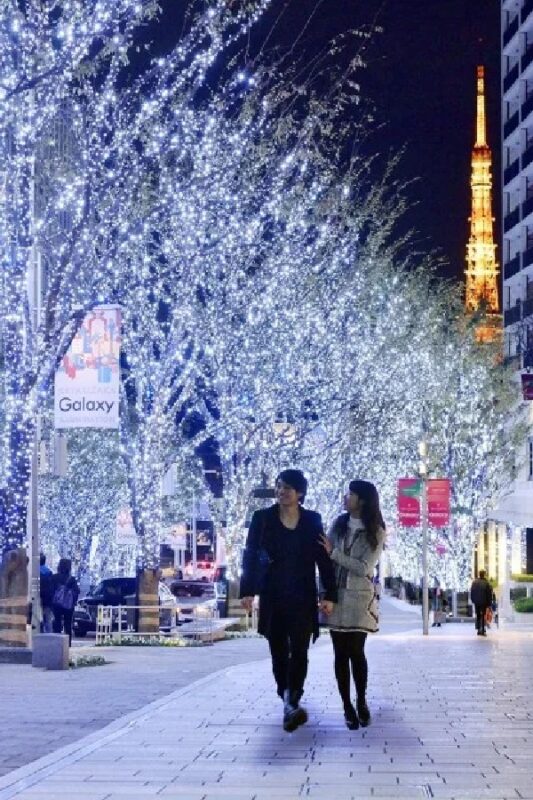




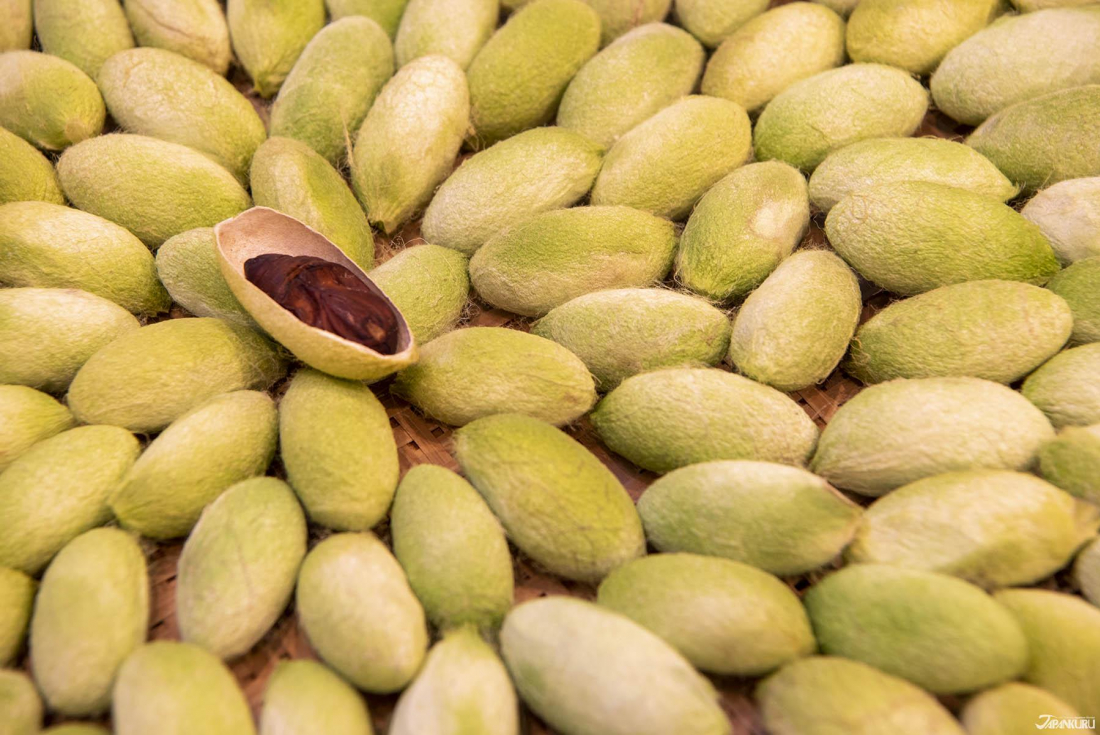
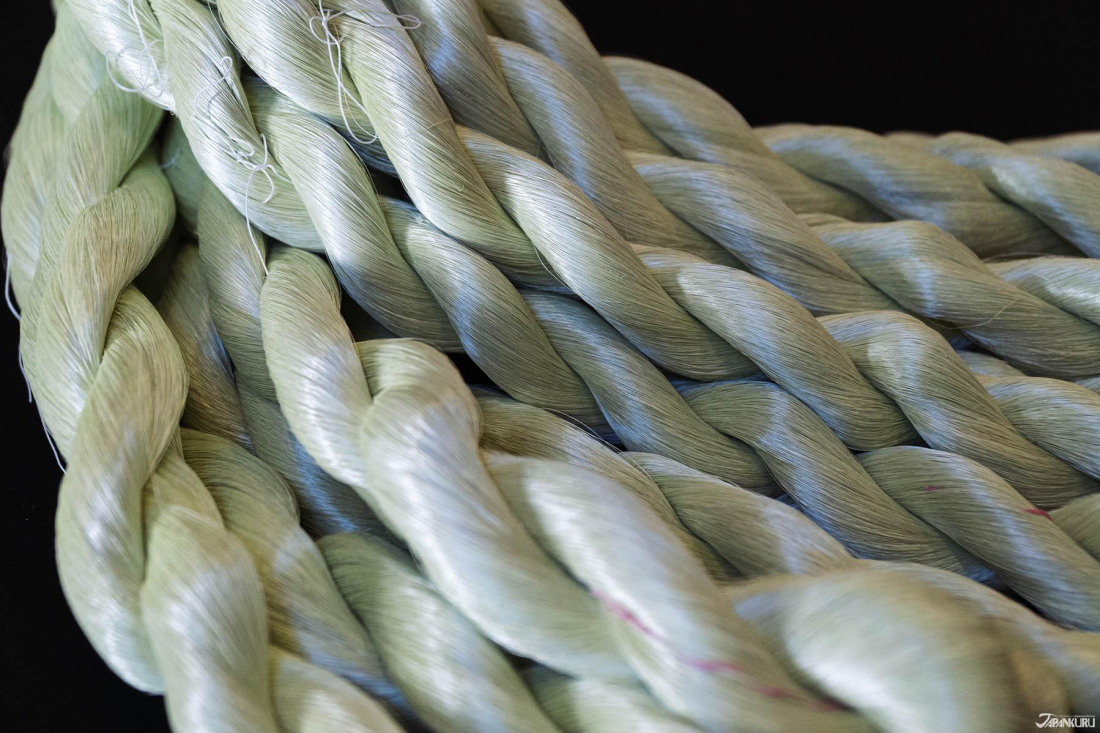
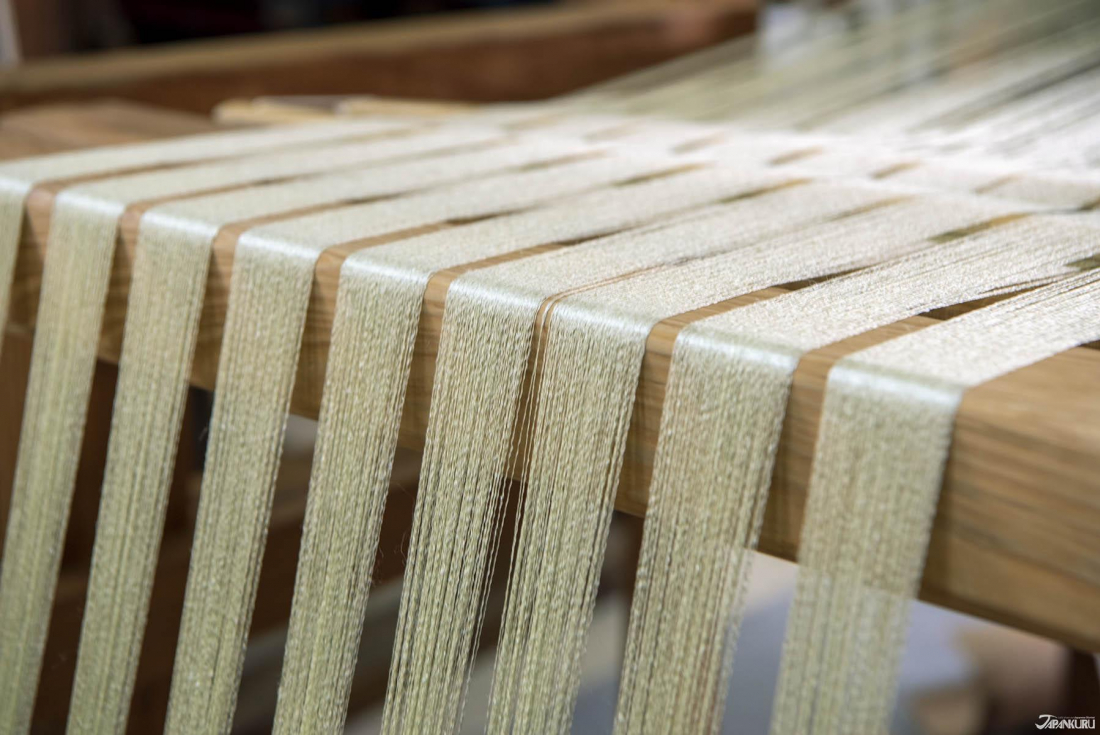

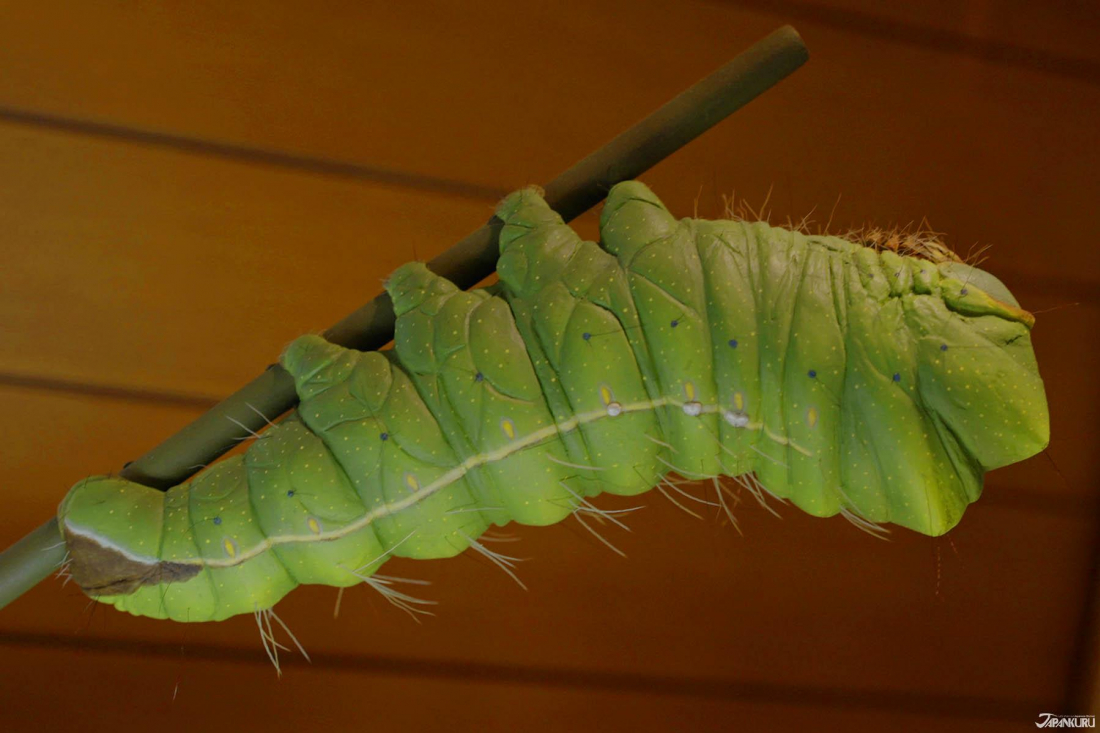
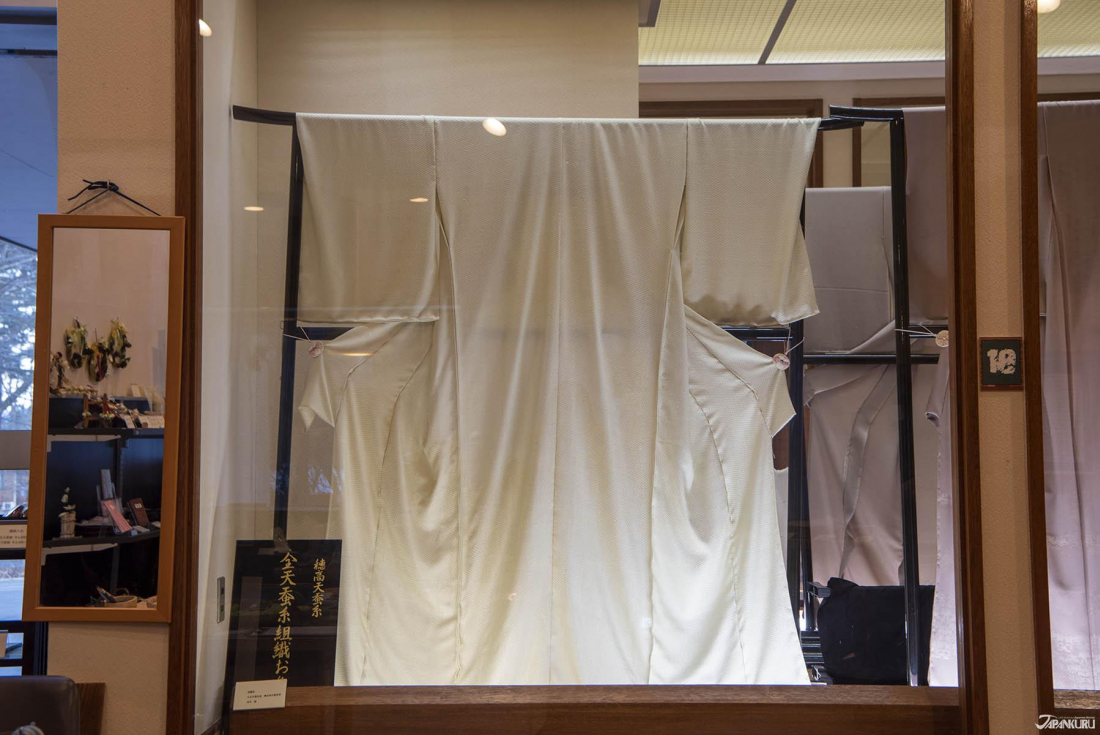
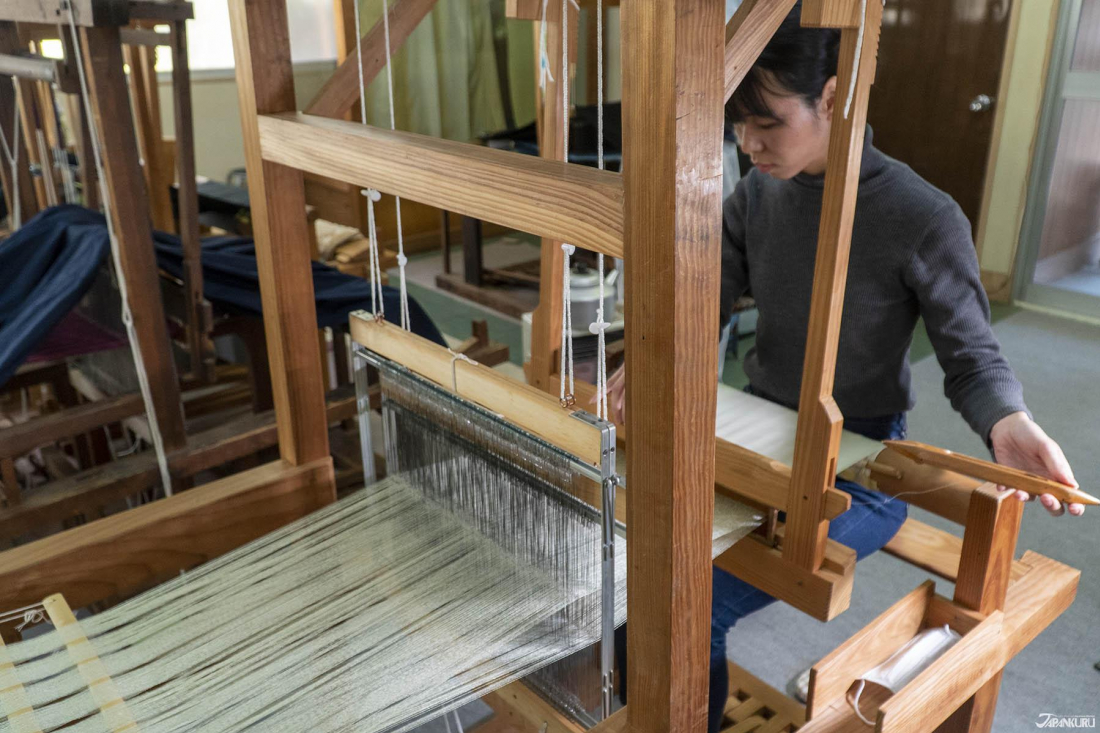
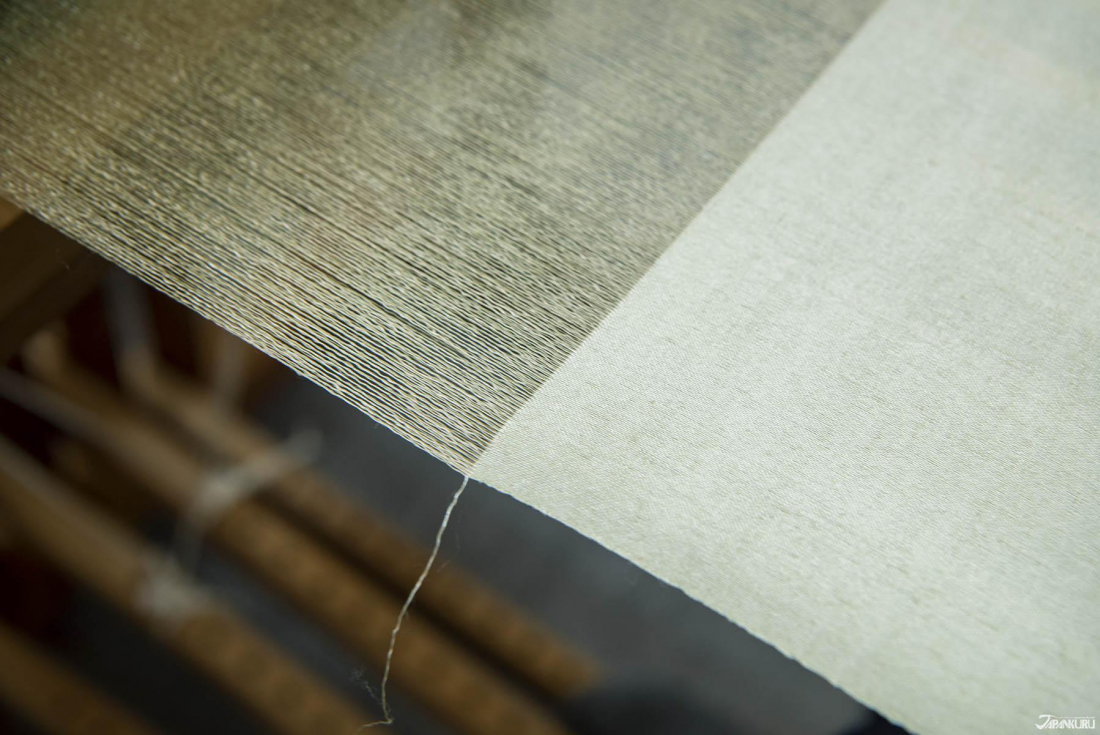
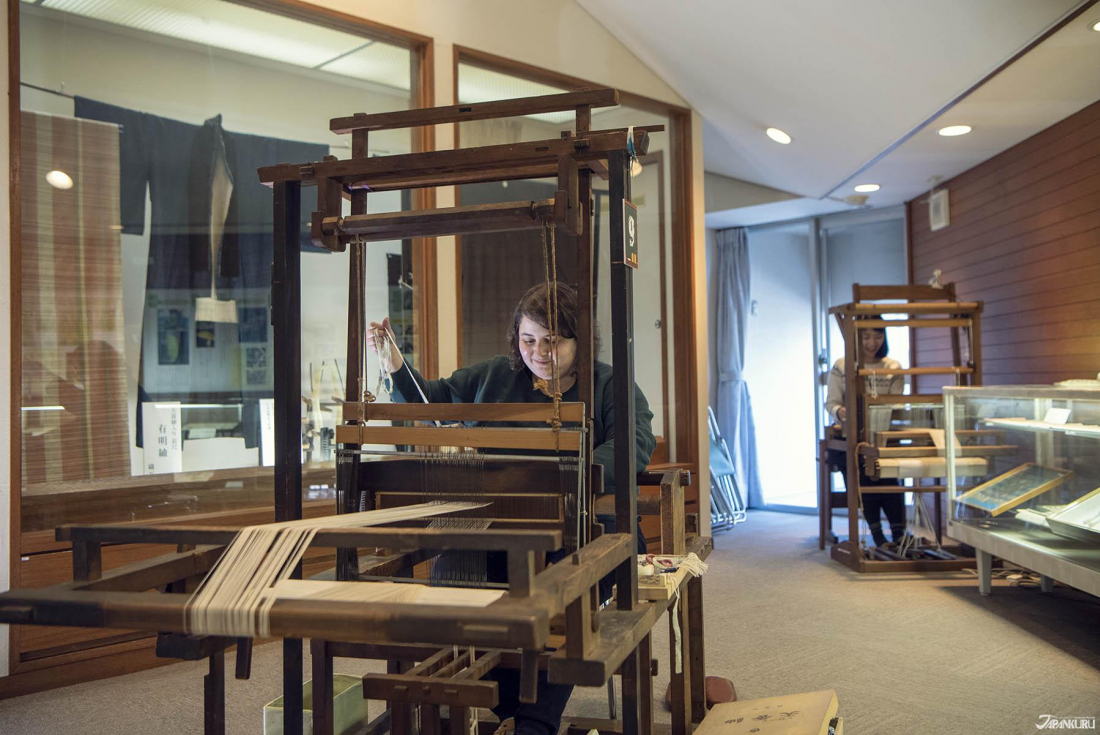
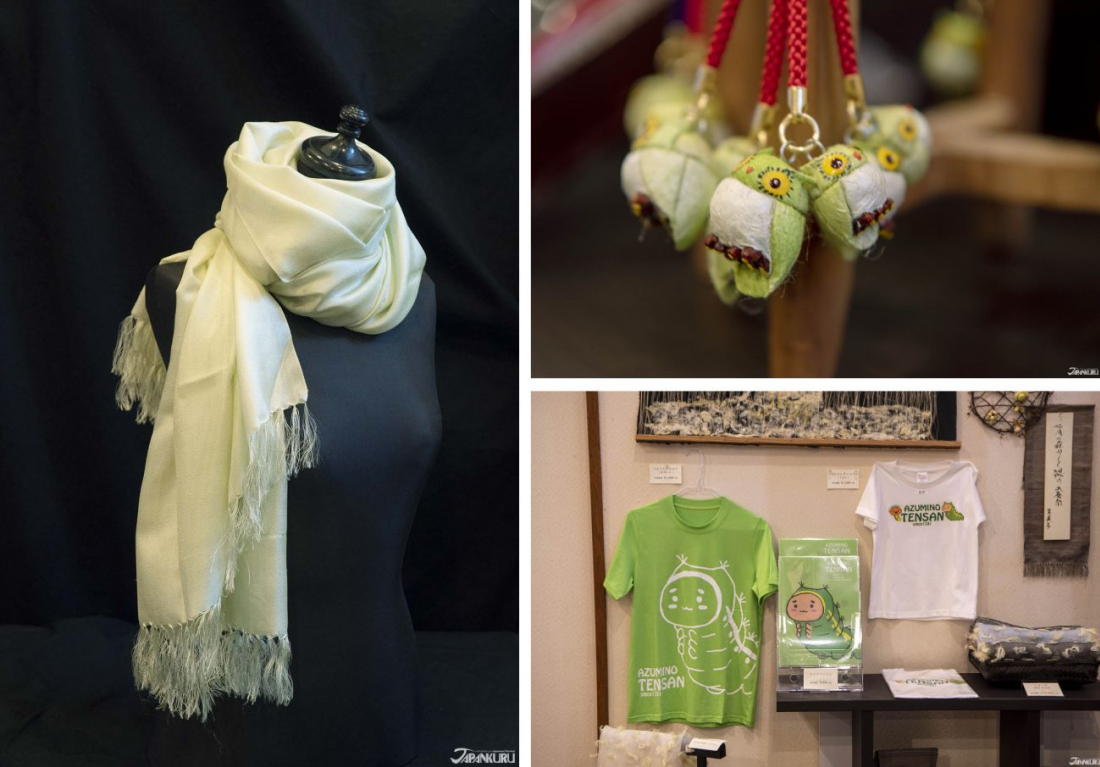

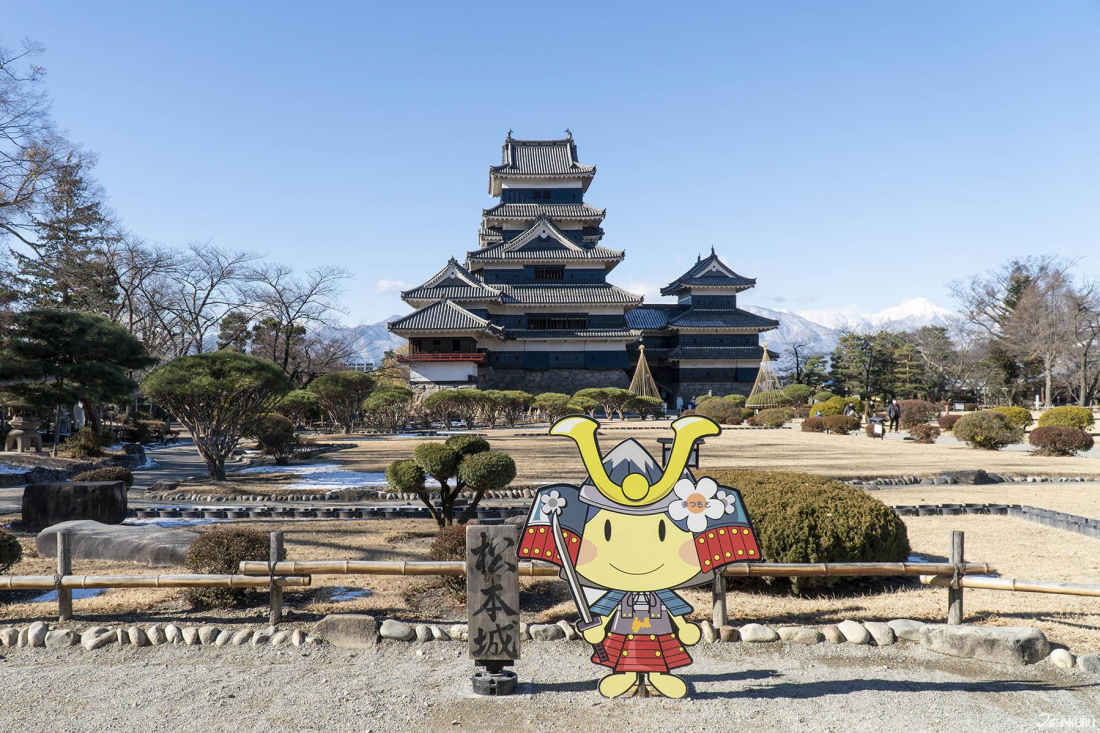
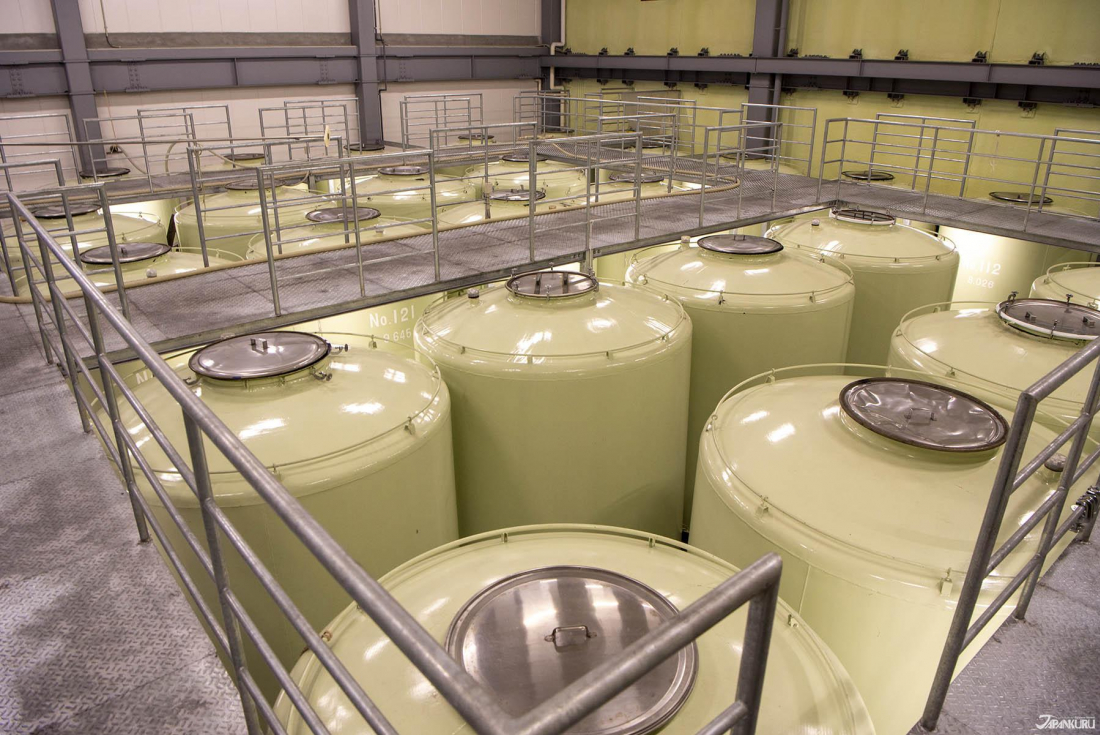
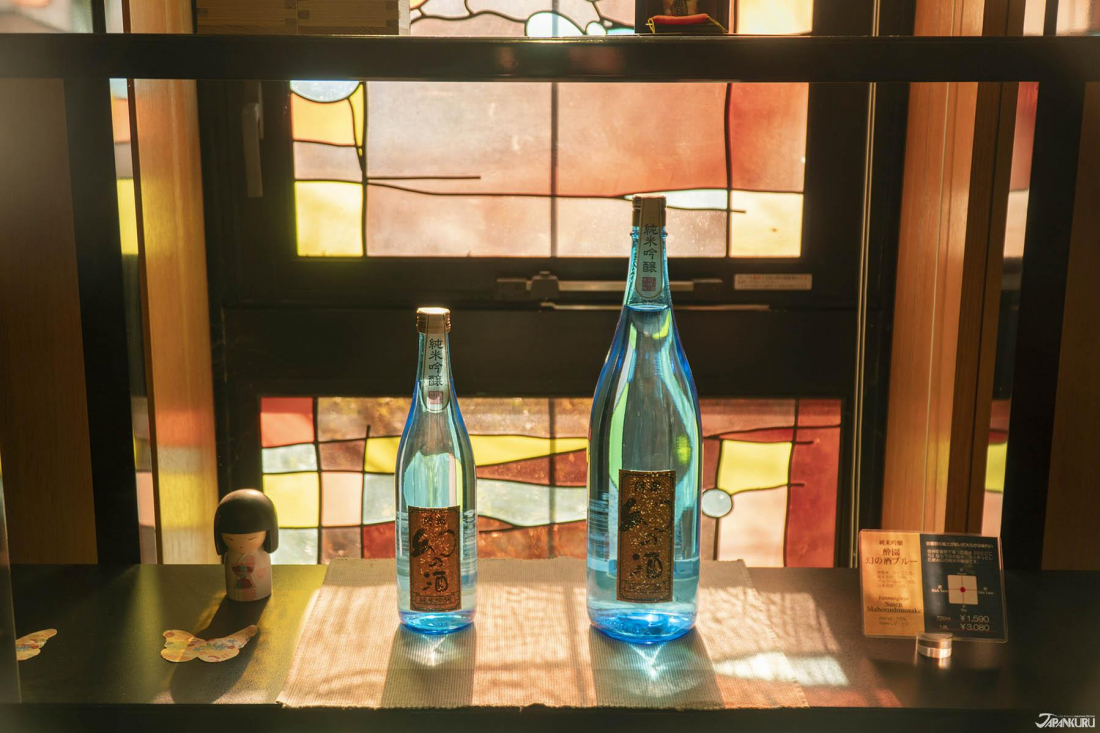
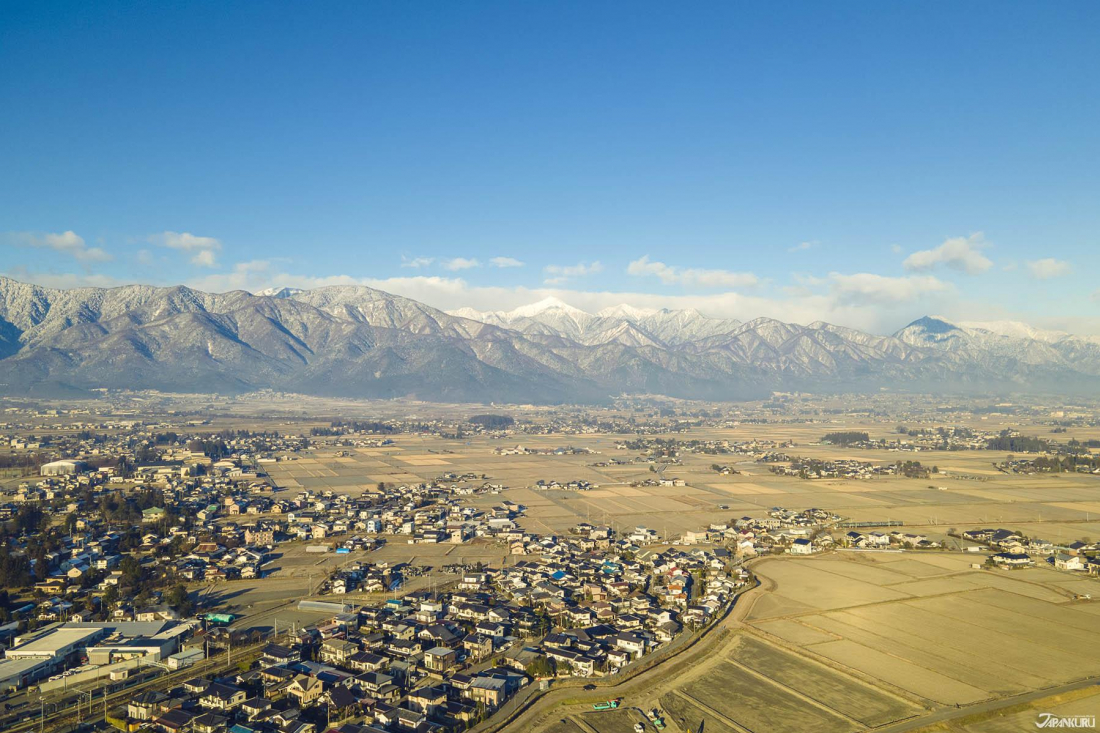
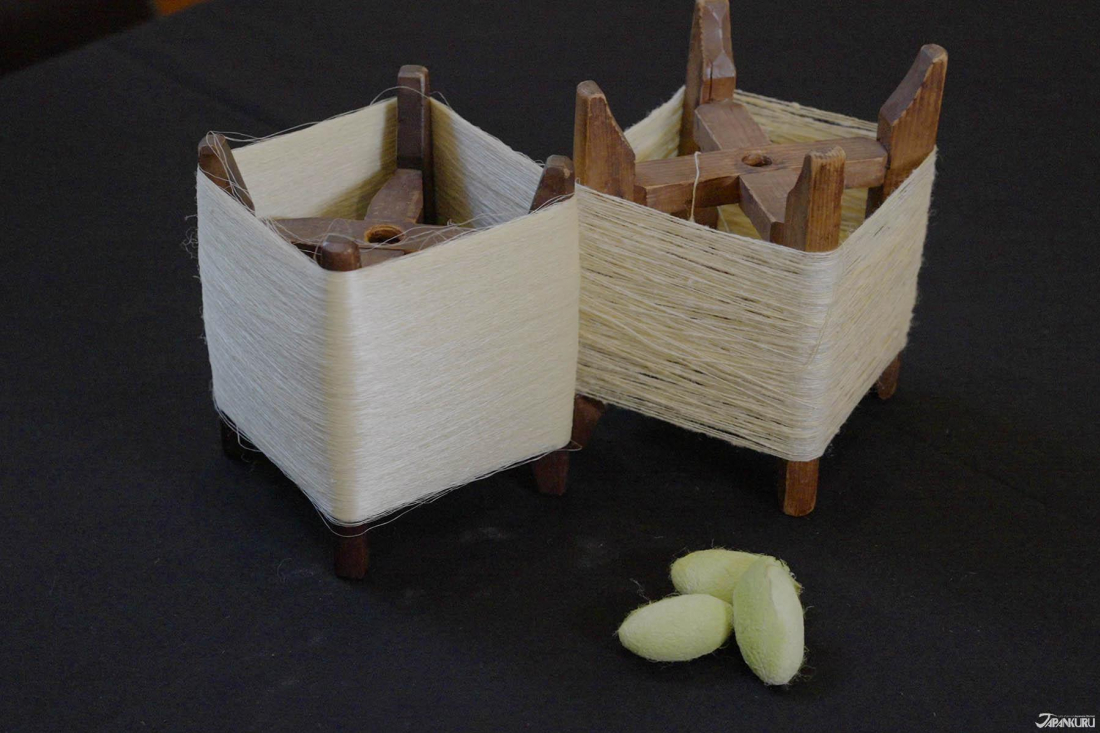








































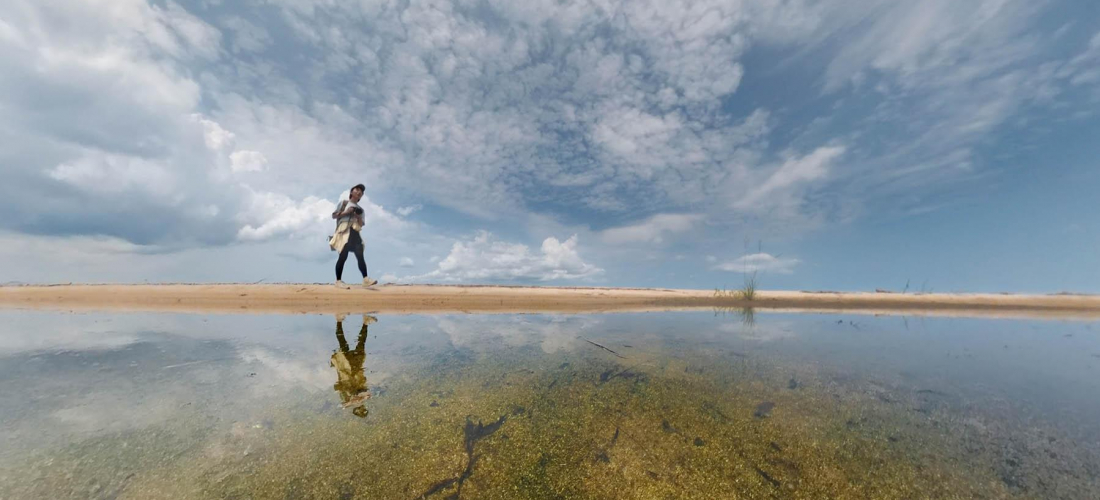
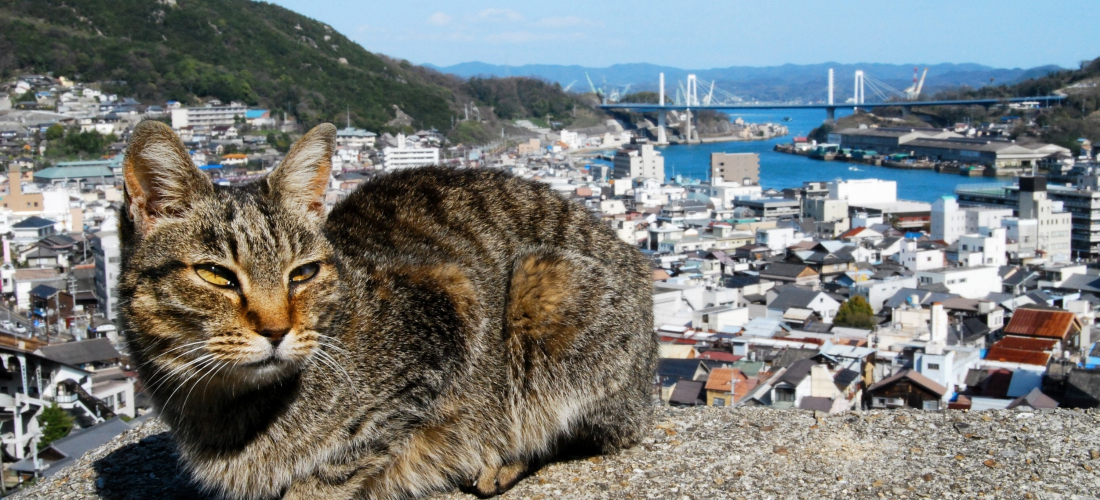
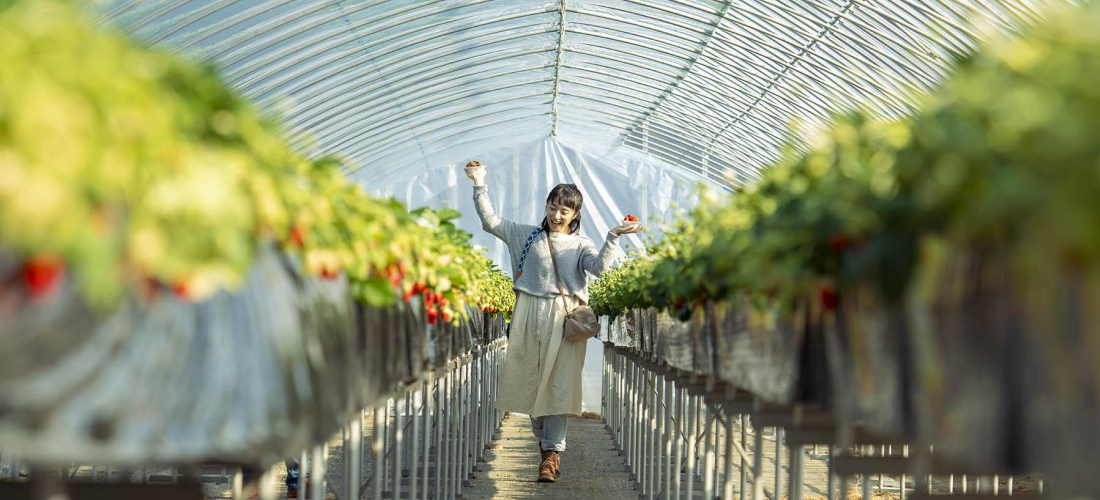
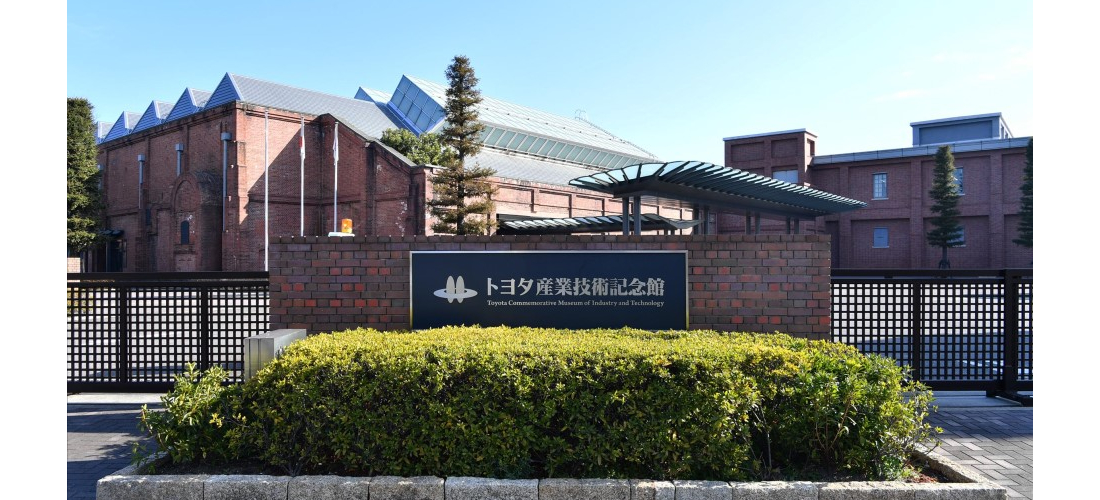
Matsumoto Castle is a fascinating historical gem that offers a glimpse into Japan’s rich past, allowing visitors to experience the grandeur of samurai culture while enjoying breathtaking views of the surrounding mountains.
The amazing way the words and imagery are blended in this piece makes it impossible for me to put it down.
wave road